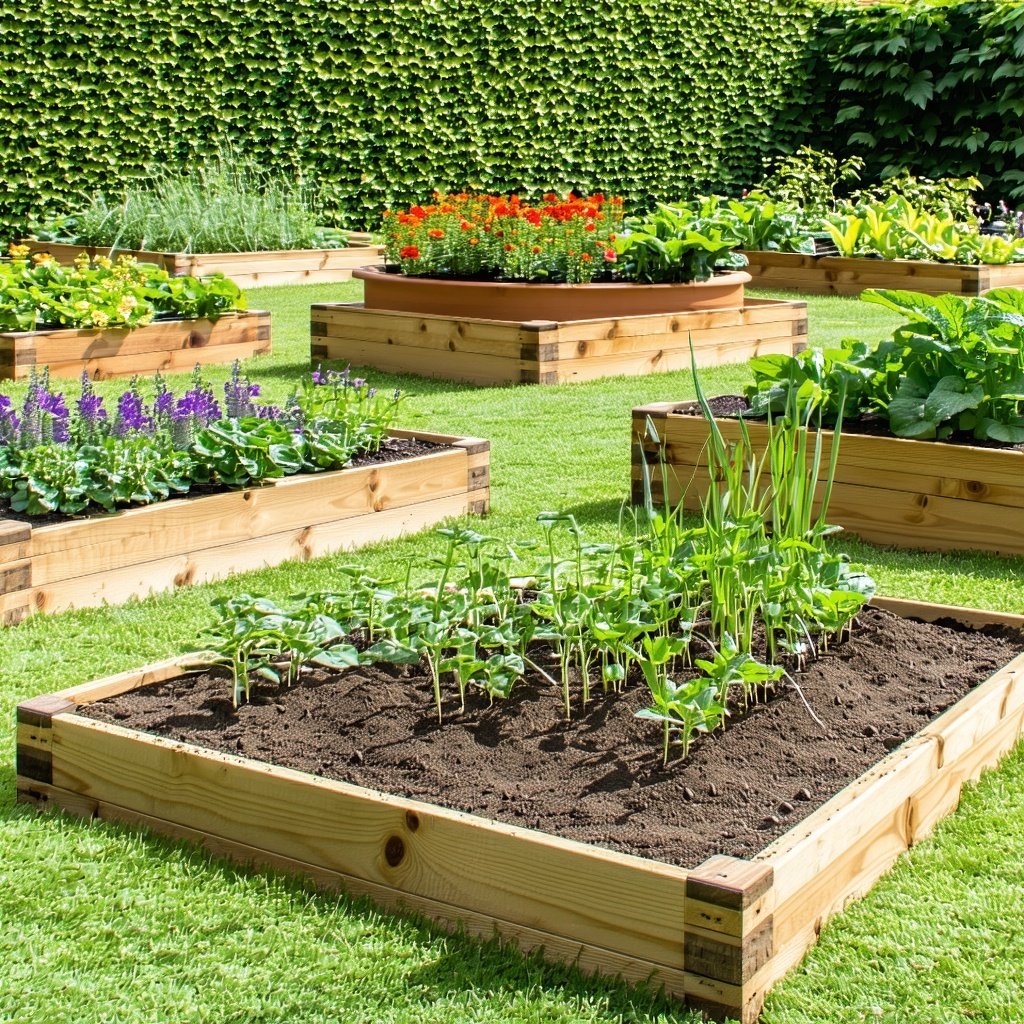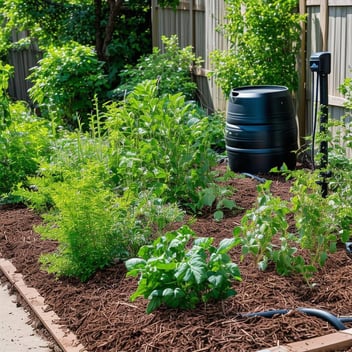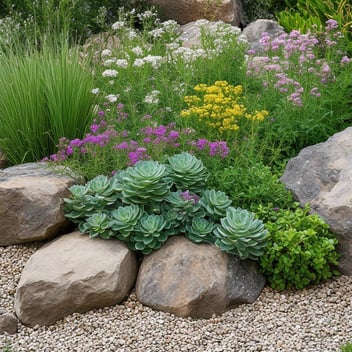Water-Saving Irrigation Systems for Raised Planter Beds
Introduction
In the face of increasing water scarcity and the need for sustainable gardening practices, implementing water-efficient irrigation systems in raised planter beds has become essential. These systems not only conserve water but also promote healthier plant growth by delivering moisture directly to the root zone. This article explores various water-saving irrigation methods suitable for raised planter beds, providing insights into their benefits and implementation.
1. Drip Irrigation Systems
Drip irrigation is a highly efficient method that delivers water slowly and directly to the plant roots through a network of tubing and emitters. This minimizes evaporation and runoff, ensuring optimal water usage. Drip systems can be customized to suit the specific layout of raised beds and are ideal for a variety of plants, including vegetables and herbs.
2. Soaker Hoses
Soaker hoses are porous hoses that release water along their length, providing even moisture distribution throughout the raised bed. They are easy to install and can be connected to a timer for automated watering. Soaker hoses are particularly effective for densely planted beds and can be laid out to match the planting pattern.
3. Wicking Beds
Wicking beds utilize a water reservoir beneath the soil, allowing moisture to be drawn up through capillary action as needed by the plants. This self-watering system reduces surface evaporation and ensures consistent moisture levels, making it suitable for areas with water restrictions or for gardeners seeking low-maintenance solutions.
4. Olla Irrigation
Olla irrigation involves burying unglazed clay pots (ollas) in the soil, which slowly release water to the surrounding roots as the soil dries. This ancient technique is highly efficient, conserving water and reducing the frequency of irrigation. Ollas are ideal for small raised beds and can be used in conjunction with other irrigation methods.
5. Smart Irrigation Controllers
Integrating smart controllers with irrigation systems allows for automated and precise watering schedules based on weather conditions, soil moisture levels, and plant needs. These controllers can be programmed to adjust watering times and durations, optimizing water usage and promoting plant health.
6. Subsurface Textile Irrigation (SSTI)
SSTI involves the use of geotextile materials installed below the soil surface, which distribute water evenly across the root zone. This method reduces evaporation and surface runoff, making it an effective water-saving solution for raised beds. SSTI systems are durable and can be integrated with recycled water sources.
7. Rainwater Harvesting Integration
Combining rainwater harvesting systems with irrigation setups allows gardeners to utilize collected rainwater for watering raised beds. This sustainable approach reduces reliance on municipal water supplies and can be implemented using rain barrels connected to drip or soaker hose systems.
Conclusion
Implementing water-saving irrigation systems in raised planter beds is a practical and environmentally responsible approach to gardening. By selecting appropriate methods such as drip irrigation, soaker hoses, wicking beds, or integrating smart controllers and rainwater harvesting, gardeners can ensure efficient water use, promote healthy plant growth, and contribute to sustainable water management practices.




